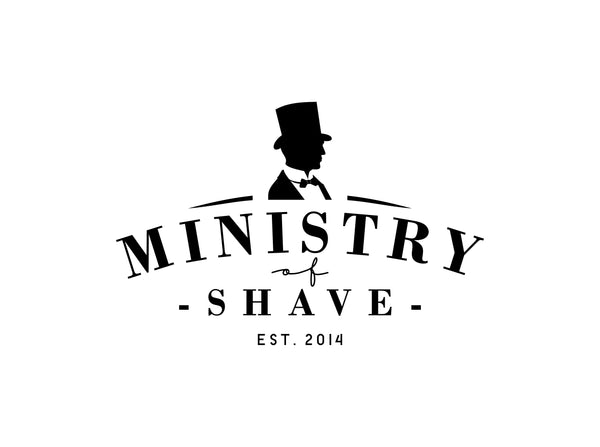The history of shaving: A fascinating look at the past
The history of shaving is a fascinating subject that spans millennia. Shaving has been a part of human culture for thousands of years, and the tools and techniques used have changed drastically over time. From simple stone blades to high-tech electric razors, the history of shaving is a testament to human ingenuity and the desire for personal grooming.
Shaving in Ancient Times
The earliest evidence of shaving comes from the ancient Egyptians, who used sharpened copper razors as early as 3000 BC. They would use a mixture of oil and honey to lubricate the skin before shaving, and would often shave their entire bodies for hygiene and aesthetic reasons.
The Greeks and Romans also valued a clean-shaven appearance and used a variety of shaving tools, including bronze and iron razors. The Greeks even had a word for the art of shaving, "tonsor," which referred to the skilled barbers who would shave their clients.
Shaving in the Middle Ages
During the Middle Ages, shaving fell out of favor in Europe, as beards and mustaches became fashionable. However, shaving remained popular in other parts of the world, such as the Middle East and Asia, where it was seen as a sign of cleanliness and sophistication.
The Renaissance and Modern Era
Shaving made a comeback in Europe during the Renaissance, with the advent of the straight razor. This razor had a sharp, single-edge blade that could be honed to a razor-sharp edge, allowing for a close, smooth shave. The straight razor remained popular until the early 20th century, when safety razors were introduced.
Safety razors featured a double-edged blade that was safer and easier to use than the straight razor. They were also more affordable and could be mass-produced, making them accessible to the general public. In the mid-20th century, electric razors were introduced, offering a convenient and quick alternative to traditional shaving.


